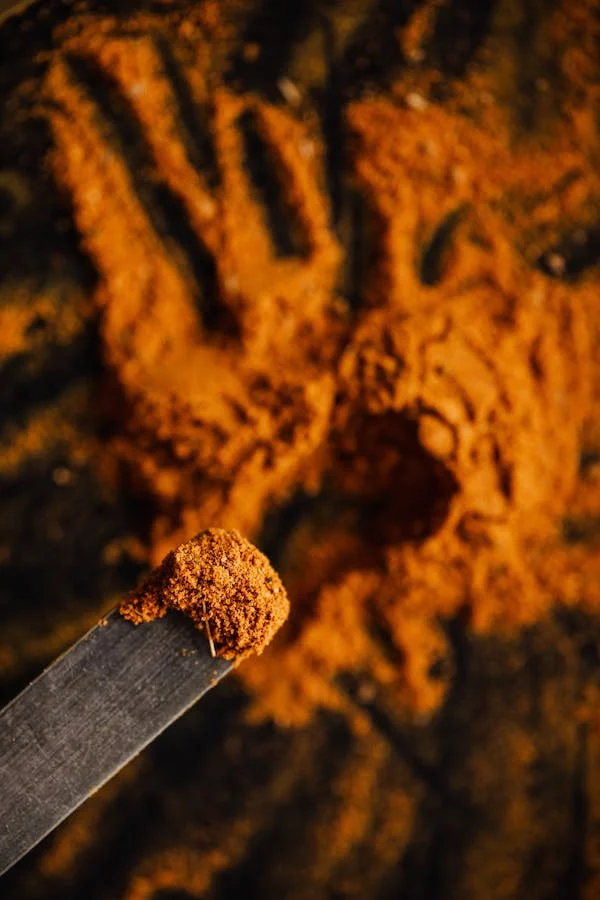The history of Madras curry
“Curry powder” is a term frequently thrown around. The problem is that there is no single, distinct “curry powder” in Indian cuisine. In fact, every region of India possesses its own unique blend of spices, and these curry powders can have a wide variety of heat, from relatively mild to tongue-scorching hot! Check out the link to order genuine Indian Spices online.
Madras curry tends to be spicier in taste compared to standard curry powders sold in Western stores. Madras curry is a traditional curry powder in that it contains the potent spice turmeric, which, in addition to its health benefits, provides a powerful yellow color.
The primary difference in a Madras-style curry powder is Cayenne pepper, which provides it with its signature heat.
Indian origins?
There are some who believe that Madras originates from the city of Madras (now Chennai) in southern India, where English merchants arrived in the seventeenth century.
Or British?
Others claim, however, that Madras curry powder was formulated and popularized in England in the nineteenth century. This is plausible as England had colonized India by this time and the British began to have an increasing appreciation for Indian cuisine.
Using Madras curry
Wherever it truly originates or gained popularity, Madras curry is incredibly popular and used in a variety of ways.
What’s in it?
As mentioned, Madras curry contains turmeric and also Cayenne pepper (or other red chili peppers), which provides the heat. Although not as spicy as some Indian curries, Madras is quite hotter than most other Western-style curry blends.
Madras tends to also include fenugreek, cumin, and coriander. Most if not all the ingredients in Madras curry provide nutritional benefits, such as vitamins, minerals, and fiber, as well as potent antioxidants.
Meal ideas
Madras is versatile and can be used in many ways.
For one, it can be used to spice up a dal (or dhal), which is a lentil or split pea soup simmered for hours.
It can be used with vegetables or meat, and is typically used to make curries, which feature heavy cream—or you can use coconut milk, which is popular in Thai cuisine, for a non-dairy option.
Since Madras tends to have some serious heat, you might want to avoid it if you’re not a fan of spicy food. To help alleviate some of the heat, you could accompany it with raita, which is a yogurt-based sauce.
No matter how you have it, Madras is sure to add some wonderful spice to your life!
